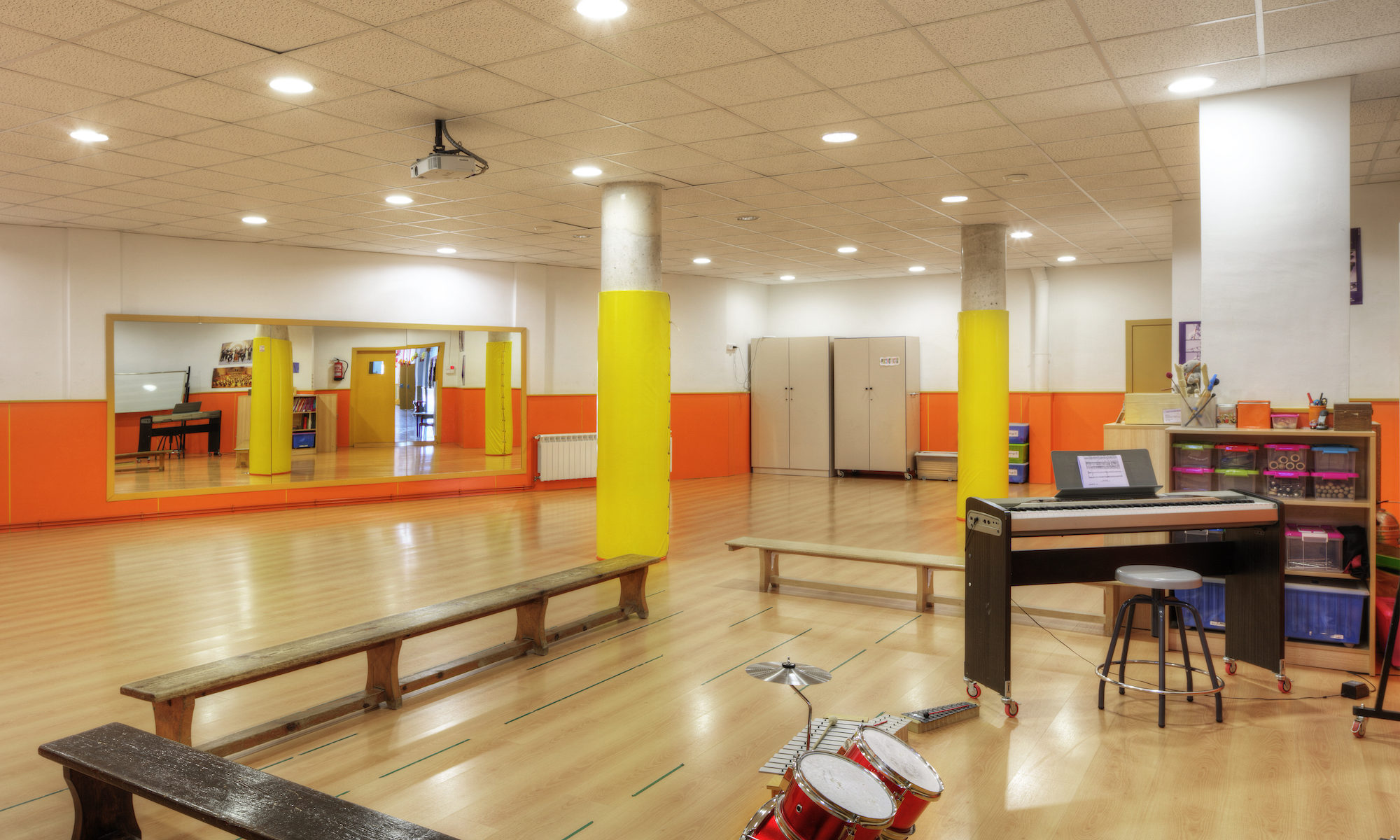Un dels desdoblaments que fem a educació infantil és el de Science, on mig grup està amb la Connie parlant de ciència i fent experiments inmersos en la llengua anglesa i l’altre mig grup es queda a l’aula també fent ciència i experimentant amb diferents materials i tècniques, des de la flotació, passant per l’experimentació lliure, els canvis d’estat o la taula de llum! A Science pot passar de tot!
DOES AN ORANGE FLOAT OR SINK?
Does an orange float or sink in water? We began by filling a large bowl of water and placing an orange in the water. The K4 kids discovered that the orange floats. Then we peeled the orange, removing the rind. Next we placed the unpeeled orange in the water and guess what? It started to sink!
The rind of an orange is full of tiny air pockets making it float on the surface!





ZOOPLANKTON PROJECT: Drawing with ipads
BUILDING APPLE STRUCTURES
SINGING CHRISTMAS SONGS
We’ve been learning and singing Christmas songs and this one “SANTA WHERE ARE YOU?” is our favourite.
Have a look at the pictures.



Concave & convex in Science
BUILDING A BALLOON ROCKET
In K5 Science we have built a balloon rocket. We’ve had so much fun! Here are the instructions:
-Thread one end of the string through the straw
-Tie each end of the string between two solid supports such as a chair, table leg or door knob, making sure it is strung tightly.
-Blow up the balloon but do not tie it.
-Holding the opening of the balloon closed with your fingers, tape one side of the balloon to the straw so that it hangs horizontally below the string.
-Get ready for launch and let the end of the balloon go. Watch as the air escapes and sends your balloon rocketing across the string track!
READY STEADY GO,



Studying virtue disks under the microscope
WATCHING ANAGLYPH IMAGES WITH 3D Glasses
In our Science class we have been watching anaglyph images today!
We have used special red/cyan 3D glasses in order to observe different planets of our solarsystem, images of the moon and many others.
We even have watched some 3D videoclips and have taken a ride on a virtual reality roller coaster. Have a look, we have had so much fun!
























































